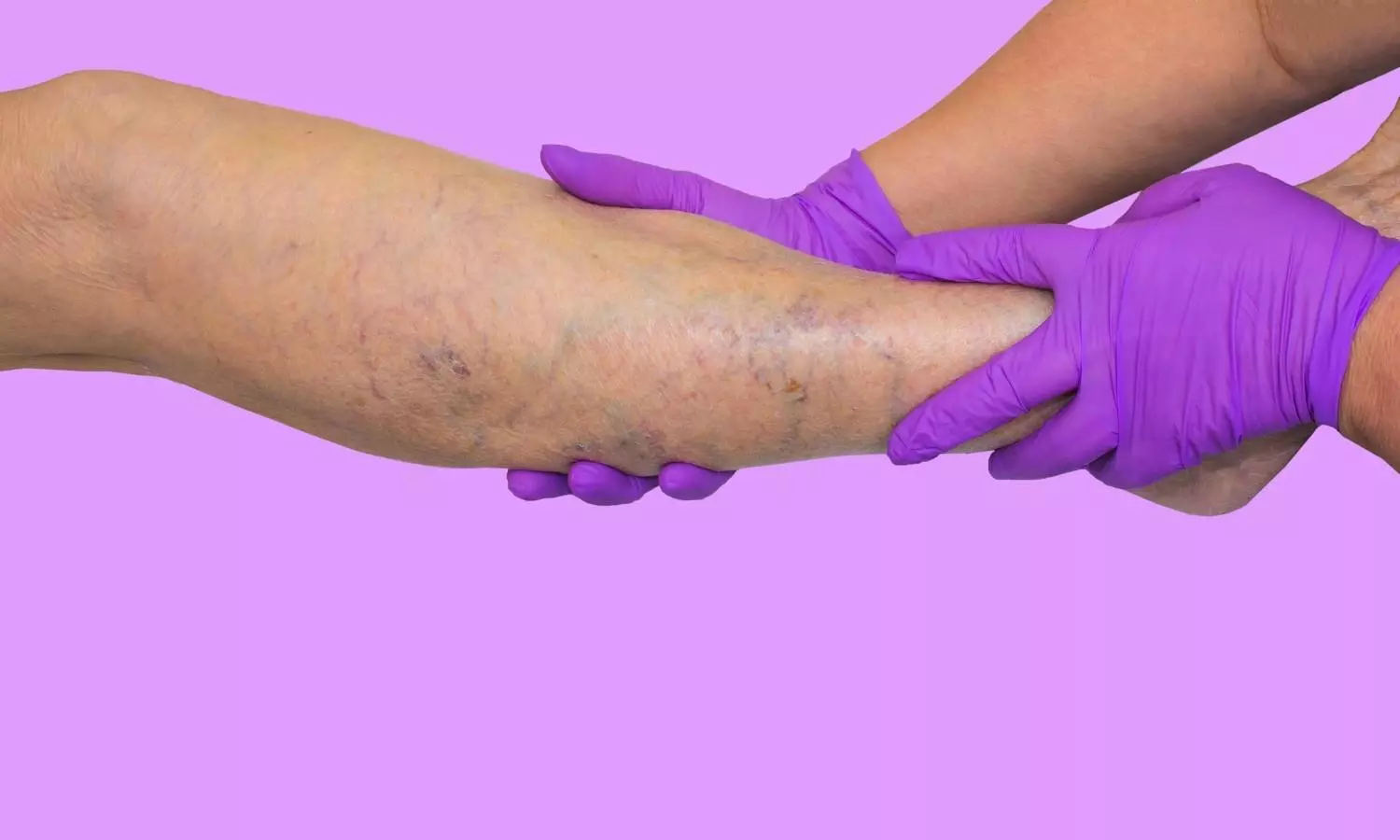
Varicose veins — twisted, bulging veins that often show up on your calves or thigh — can be an early sign of venous trouble. Representative photo: iStock
Donald Trump diagnosed with CVI: What it is, symptoms, causes, and treatment
Chronic Venous Insufficiency (CVI) is a long-term condition where your leg veins just can't manage to send blood back up to the heart effectively

US President Donald Trump has been diagnosed with Chronic Venous Insufficiency (CVI) - a circulatory condition that affects the legs when veins struggle to return blood to the heart.
The diagnosis came after Trump noticed swelling in his legs, prompting a check-up. While his doctor ruled out deep vein thrombosis (DVT), heart concerns, or other critical issues, the revelation brought the condition into the public spotlight.
Also Read: Should homeopathy, ayurveda specialists be called ‘doctors’? The great medical divide
What is CVI?
CVI is a long-term condition where your leg veins just can't manage to send blood back up to the heart effectively.
It occurs when the valves in the leg veins — responsible for keeping blood from going backward — become damaged or weak.
This malfunction causes blood to flow backward and pool in the lower limbs, leading to swelling, heaviness, and skin changes.
If left unmanaged, this can lead to chronic pain and, in severe cases, the open sores can become ulcers.
Contributing factors
DVT (Deep Vein Thrombosis) is a major contributing factor to CVI. When a clot forms in a deep vein, it can damage vein valves, setting the stage for long-term venous issues.
Varicose veins — twisted, bulging veins that often show up on your calves or thigh — can be an early sign of venous trouble. They signal valve weakness and, if ignored, can evolve into CVI.
In some cases, people are born with congenital valve defects, which make them more susceptible to CVI much earlier in life, even without the typical risk factors.
Lifestyle and risk factors
Jobs that demand long periods of sitting or standing significantly increase CVI risk, as do obesity, pregnancy, and ageing. The pressure these factors exert on leg veins can deteriorate valve function over time.
Women are more prone to developing CVI due to hormonal changes and estrogen, especially during pregnancy and menopause. Birth control pills and hormone replacement therapy can also influence vein health.
Injuries or leg surgery can damage veins directly or limit mobility, both of which hinder blood flow and might cause blood pooling in the veins, thereby increasing the risk of developing CVI.
Also Read: Health concerns, space crunch challenge TN's ப-shaped classroom initiative
Symptoms to watch
CVI doesn't show up overnight and symptoms usually develop gradually: aching pain or a feeling of heaviness in your legs, swelling around the ankles, and visible varicose veins.
The skin on your lower legs can get itchy, discoloured (think brownish or reddish patches), and even hard or leathery over time.
Noticeable red, inflamed areas (called stasis dermatitis) that can ooze or get irritated easily.
In advanced stages, open sores or venous ulcers — slow-healing wounds — can form near the ankles.
Is CVI serious?
While not life-threatening on its own, untreated CVI can severely affect quality of life.
If left unchecked, the symptoms get worse, the discomfort increases, and the complications multiply.
If caused by DVT, it may signal broader circulatory problems, including heart or kidney issues.
Also Read: Health Ministry refutes 'warning labels' on Indian snacks like samosa, jalebi
Treatment and prevention
CVI can be managed through lifestyle changes: compression stockings, leg elevation, and exercise.
While it might not disappear completely, you can absolutely keep it from getting worse and even make you feel way better.
Maintaining a healthy weight, eating nutrient-rich foods, keeping yourself hydrated, and avoiding prolonged sitting or standing also help. If symptoms persist, medical consultation is crucial.

